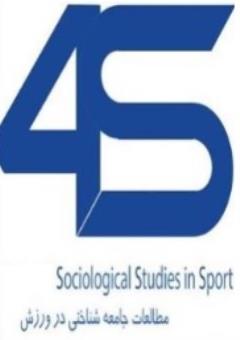-
-
-
Open Access Article
1 - Presenting paradigmatic model of the characteristics of the Paralympic athlete's aptitude development environment
Sahar Mahmodi Rokhsareh Badami -
Open Access Article
2 - Comparison of the Development Environment of Tennis Players of Different Competitive and social Levels (Iranian and Foreign) in Terms of Training and Social Support
Rokhsareh Badami Shayan Yazdanparast Zohre Meshkati -
Open Access Article
3 - Presenting a model of native-local adaptive games with the approach of developing social hope in educable mentally retarded children
Fakhruddin Asadi Farsani Mehdi Namazi Zadeh rokhsareh badami
List of Articles rokhsareh badami
-
The rights to this website are owned by the Raimag Press Management System.
Copyright © 2021-2025


